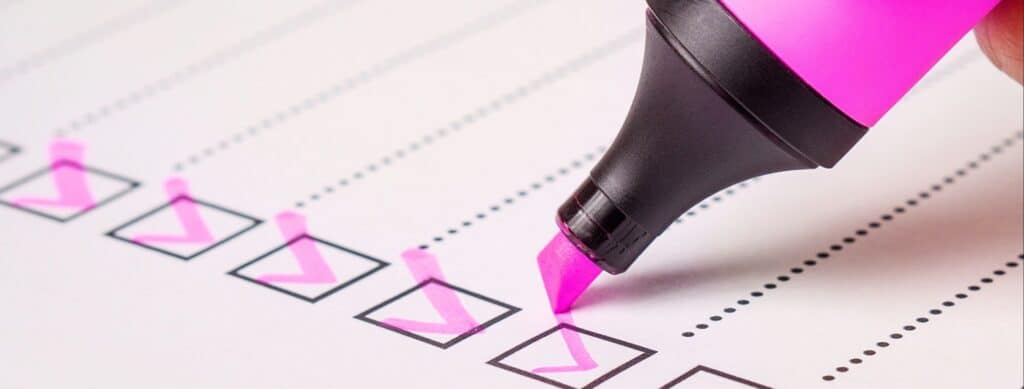Client consultation is a critical part of any beauty/aesthetic treatment. It is so important that it is among the essential foundation training across all our beauty and aesthetics courses.
A proper client consultation helps you as a therapist deliver the best treatment possible to your client and achieve their desired results. During the consultation with the client, you get to ask them questions concerning:
As you can tell from the list above, the main goal of a beauty treatment client consultation is to open a line of honest communication with the customer. You are asking the client questions to understand better what they want but also for you to know if these results are possible to achieve based on the client’s age, lifestyle and health.
It doesn’t matter if the client is a first-timer or a repeat customer of your business; you should always complete a consultation.
The consultation will make first-time customers feel more comfortable with you. Sitting down with the client for a little while rather than immediately starting the treatment will allow them to loosen up. In addition, a natural chitchat will occur as you ask questions about them and get to know them better.
As with any consultation, the more the customer is listened to, the more respected and understood they feel.
You should see your client consultation as part of the customer service performance. Your product is your treatment, and the consultations are a part of the service. As mentioned earlier, a well-planned and comprehensive consultation makes the client comfortable. If they are a repeat customer, you should recall essential information they’ve shared in earlier consultations. Remembering information about individual clients will make them feel catered to and memorable, ensuring their return to your business. After all, who wouldn’t want to stick to their beauty therapist who knows all about them and their needs rather than try out someone new with whom you have to start from scratch?
Handling your client’s expectations of beauty treatments is a vital part of that open line of communication a beauty therapist should have with their client. If your client has acne, for example, are they expecting one facial to clear it all up? Of course, as a beauty professional, you know this is impossible, but your client might not know that. Especially nowadays, social media marketing feeds viewers all sorts of unrealistic beauty information. Being honest will help your customer avoid disappointment in the results they get from the treatments.
During the client consultation, you should discuss what outcome your client wants to achieve from the treatment and how long it may take them to see these results. It may even arise that they are not a suitable candidate due to possible contraindications. However, as a specialist, you must always be candid with the client to protect your reputation and business.

At The London School of Beauty & Make-Up, we teach Client counselling/consultation techniques across our Level 2, Level 3 and Level 4 courses.
Step 1: Introduce yourself to the client, swapping pleasantries
This is a very straightforward step at the beginning of every appointment. Get into the habit of carrying out small talk with clients at the start of sessions to ease them up. We recommend printing out a little leaflet or handbook about your business/treatments for clients to flick through if they want.
Step 2: Question Time
In this step, you want to know everything there is to know about the client, their skin/hair/nails and their health. Then, to make the process smoother and consistent every time, create a client consultation form. Finally, throw in a mixture of open and closed questions to initiate more conversation with the client.
Below are some ideas of questions you could include:
Step 3: Physical Analysis
The client consultation requires you to take the client’s word for much of the information they offer, such as lifestyle and health. But when it comes to the area you are treating, you are the specialist and must analyse for yourself. Checking the affected area will enable you to find possible problems that the client may not even be able to recognise.
Step 4: Record Information
Set up a client database, whether physical or virtual, with all your client’s information that you can always access and refer back to. Then you can access all their information (allergies, previous treatments and upcoming appointments) during every client consultation, regularly updating. Keeping a record of your client consultation will also protect you from future liabilities that might occur.
If you work alongside other therapists on a shift basis, maintaining client records will also help your colleagues fill in for you on appointments.
Step 5: Deliver suitable and high-quality service
You can then get into delivering their desired or agreed-upon treatment from your client consultation.

2022 The London School of Beauty & Make-Up 18-19 Long Lane, First floor, London EC1A 9PL
+44 207 776 9766